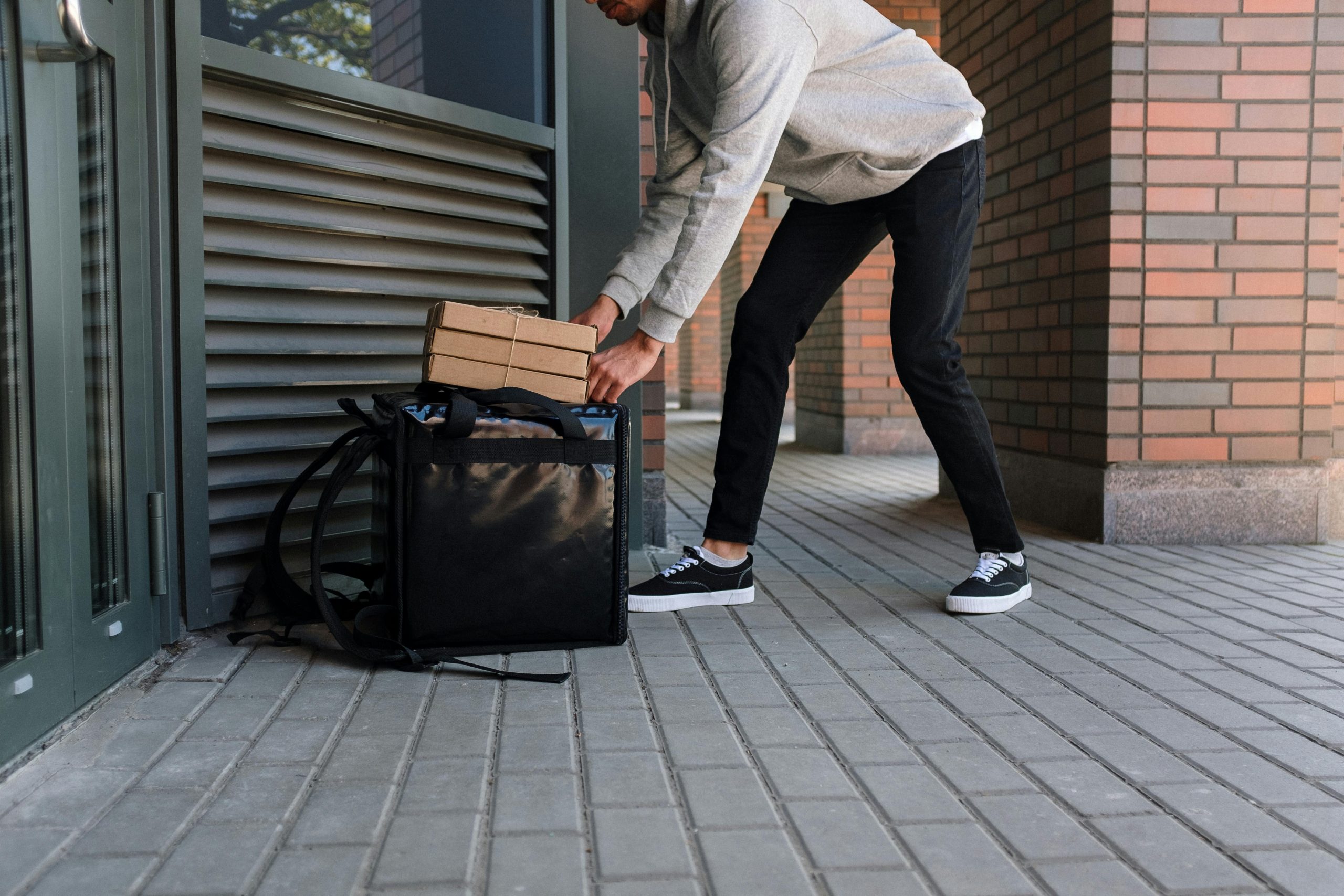Grocery delivery services like Instacart, Amazon Fresh, and Walmart+ have become incredibly popular, offering the convenience of having food brought right to your door. But while skipping the store sounds like a time-saver, the extra costs of delivery may be quietly draining your wallet. If you’re relying on delivery to save time, here’s what you need to know about whether it’s saving you money or costing you more in the long run.

Image Source: Pexels
1. Delivery Fees Add Up Quickly
Most grocery delivery services charge a delivery fee that ranges from $3.99 to $9.99 per order. While that may not seem like much, those charges add up over multiple orders per month. Some services offer free delivery with a membership, but the annual subscription fee is often around $99 to $139 per year. That may not be worth it unless you use the service frequently.
2. Grocery Prices Are Higher Online
Many shoppers don’t realize that grocery prices on delivery platforms are often higher than in-store prices. Services like Instacart and Shipt typically mark up items by 10-20% compared to what you’d pay if you shopped in person. Even when stores set their online prices, they sometimes increase them slightly for delivery customers. This means you could be paying $10-$20 more per trip without noticing the difference.
3. Service and Convenience Fees Sneak Into Your Total
In addition to delivery fees, grocery apps often charge service fees that range from 5-15% of your order total. Some platforms include small convenience fees, fuel surcharges, or processing charges. These hidden fees can significantly increase the cost of a single grocery order, making delivery a much pricier option than shopping in person.
4. Minimum Order Requirements Force You to Buy More
Many grocery delivery services have minimum order requirements, often around $35 to $50. If you only need a few essentials, you may find yourself adding extra items just to meet the minimum—spending more than planned. This forces you to buy things you don’t necessarily need, increasing your grocery bill over time.
5. Tipping Expectations Increase the Cost

Image Source: Pexels
Most grocery delivery services encourage tipping the driver or shopper. This is an extra cost to factor into your budget. A standard tip of 10-20% per order can add $5-$10 to your total, making delivery far more expensive than picking up groceries yourself. While tipping is an important way to support service workers, it further raises the cost of using these platforms.
6. Limited Access to In-Store Deals and Coupons
Many grocery delivery platforms don’t allow you to use paper coupons or take advantage of in-store promotions. While some services offer digital coupons, they don’t match the savings you’d get from shopping in person. This means you could be missing out on valuable discounts that help you reduce your total grocery bill.
7. Grocery Pickup Is a More Budget-Friendly Alternative
If you want to skip the hassle of in-store shopping but still avoid the high costs of delivery, curbside pickup is a great alternative. Most grocery stores offer free pickup for online orders, allowing you to get the same convenience without extra fees. You’ll also still be able to use in-store promotions and coupons in many cases. This makes pickup a better deal than delivery.
8. Impulse Buys Are Reduced—But Not Eliminated
One advantage of grocery delivery is that it reduces impulse purchases since you’re not physically walking through the aisles. However, online grocery apps still push suggested items and “limited-time deals” to tempt you into spending more. If you’re not careful, you could still buy things you don’t need just because they’re recommended on the app.
9. Bulk Buying Is Harder With Delivery Services
Warehouse stores like Costco and Sam’s Club offer big savings when buying in bulk. Keep in mind their delivery services often charge higher prices per unit and have limited inventory compared to shopping in-store. If you rely on bulk shopping to save money, using a grocery delivery service might make it harder to maximize those savings.
10. Delivery Makes Sense in Some Situations
Despite the added costs, grocery delivery can be a smart option in certain situations. If you’re sick, have mobility issues, or have a packed schedule, paying for delivery may be worth the convenience. Some shoppers also find that it helps them stick to a strict grocery budget by avoiding unnecessary in-store temptations. However, for those looking to maximize savings, picking up groceries yourself is usually the better financial choice.
Grocery delivery offers convenience, but it comes at a price. Between delivery fees, higher prices, service charges, and tipping, the true cost of grocery delivery can add up fast. While it might be worth it for those who need the convenience, most shoppers can save hundreds of dollars per year by sticking to in-store shopping or using free pickup services.
Read More
Fresh Grocery Delivery is Revolutionizing the Way We Shop for Food


